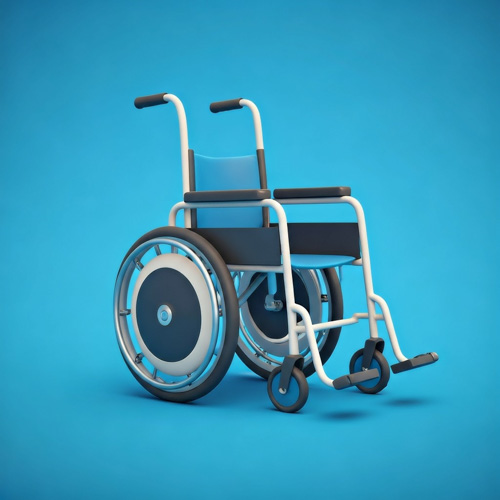A stark and unsettling picture is emerging in Pierce County, Washington, one that hits uncomfortably close to home for a generation watching its own parents age while navigating its own precarious economic realities. The issue of homelessness is rapidly converging with the crises of aging and failing health, creating a burgeoning emergency that demands our attention.
A recent report from The News Tribune, “Homeless, sick and aging: Pierce County faces worsening crisis in 2025,” lays bare the sobering facts. Service providers on the front lines are sounding a critical alarm: a significant and growing portion of the unhoused population is elderly, disabled, and suffering from chronic health conditions with dangerously few resources to turn to.
The numbers presented to the Pierce County Council’s Health and Human Services Committee are grim. Jake Nau, the homeless outreach manager for St. Vincent DePaul, reported that at least half of the unhoused individuals he encounters are over 55 or are living with a significant physical or mental disability. This isn’t a transient population chasing services, Nau emphasized. “This population is not chasing benefits across counties and states. They were housed here, and now they are not.”
This crisis directly reflects the fears of many in Generation X, who are often sandwiched between caring for aging parents and securing their own futures. The article highlights that the normal process of aging is “harmfully accelerated” on the streets, with the average life expectancy for a person experiencing homelessness plummeting to around 50 years old. That’s a two-decade deficit compared to the housed population.
The data from MultiCare Health System is equally jarring. In the first five months of 2025 alone, 404 people were discharged from just two local hospitals into homelessness. A significant number of them were of an age that should be associated with retirement planning, not street survival. According to the report, 176 were between 50 and 69 years old, and one individual was over 90.
For many, the pathway to this point is frighteningly familiar. Jan Runbeck, a registered nurse providing healthcare to the homeless, noted that many she meets became unhoused in their 50s and 60s following a job loss or a significant injury, particularly from jobs that lacked benefits. It’s a scenario that underscores a lifetime of work not being enough to prevent a slide into the most desperate of circumstances.
While the county is making some efforts, such as funding medical respite facilities like the Oasis Inn project, the scale of the problem is immense. These facilities provide a crucial space for healing post-hospitalization, a service that not only offers dignity but, as Runbeck argues, saves taxpayer money by reducing repetitive and costly emergency room visits.
The reality on the ground in Pierce County is a sobering reflection of systemic vulnerabilities. It’s a poignant reminder that the lines between stability and crisis can be perilously thin, particularly as we age. This isn’t a distant problem; it’s a local crisis that speaks to broader anxieties about healthcare, housing security, and what it means to grow old in an increasingly unforgiving economic landscape.










